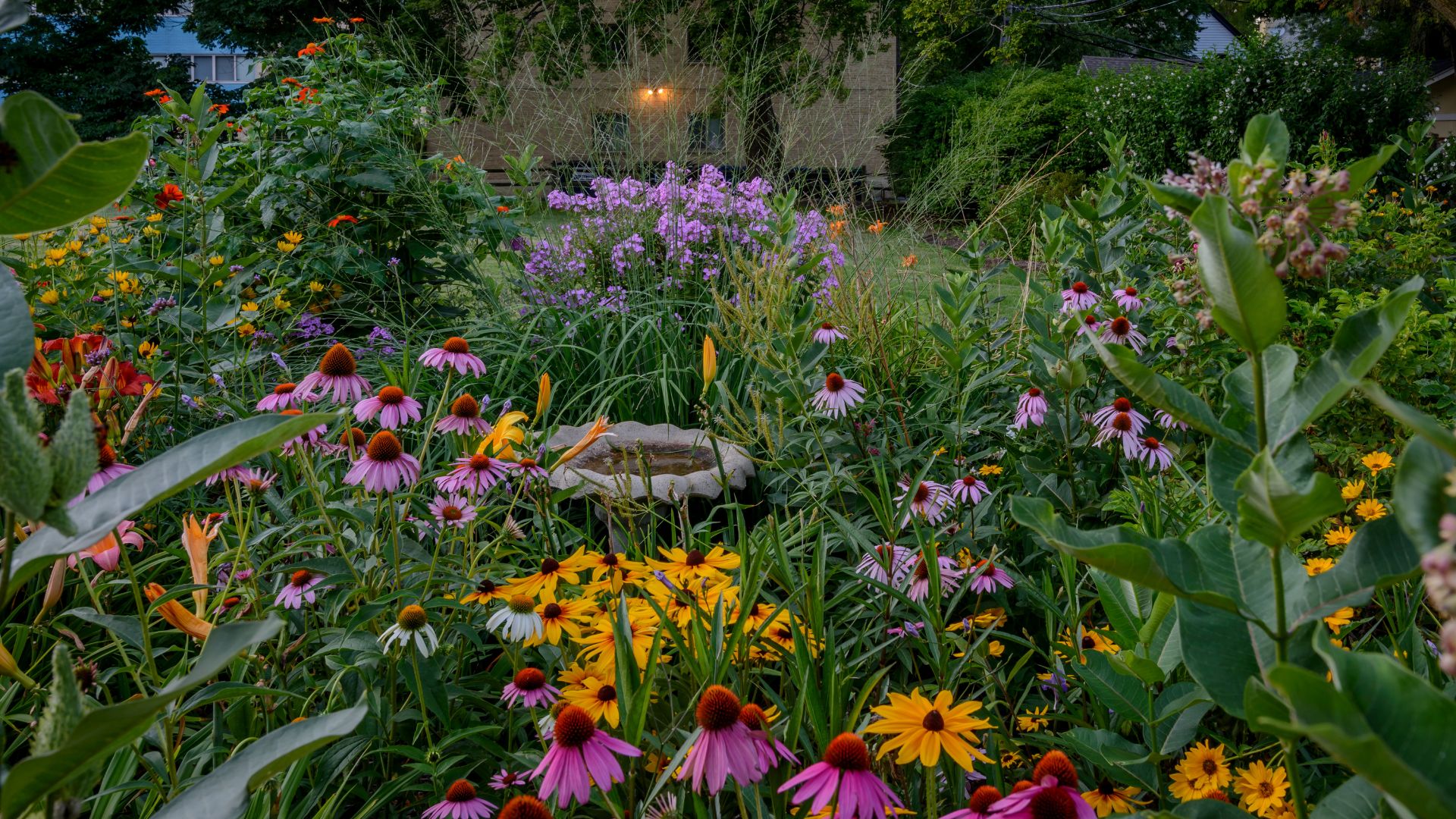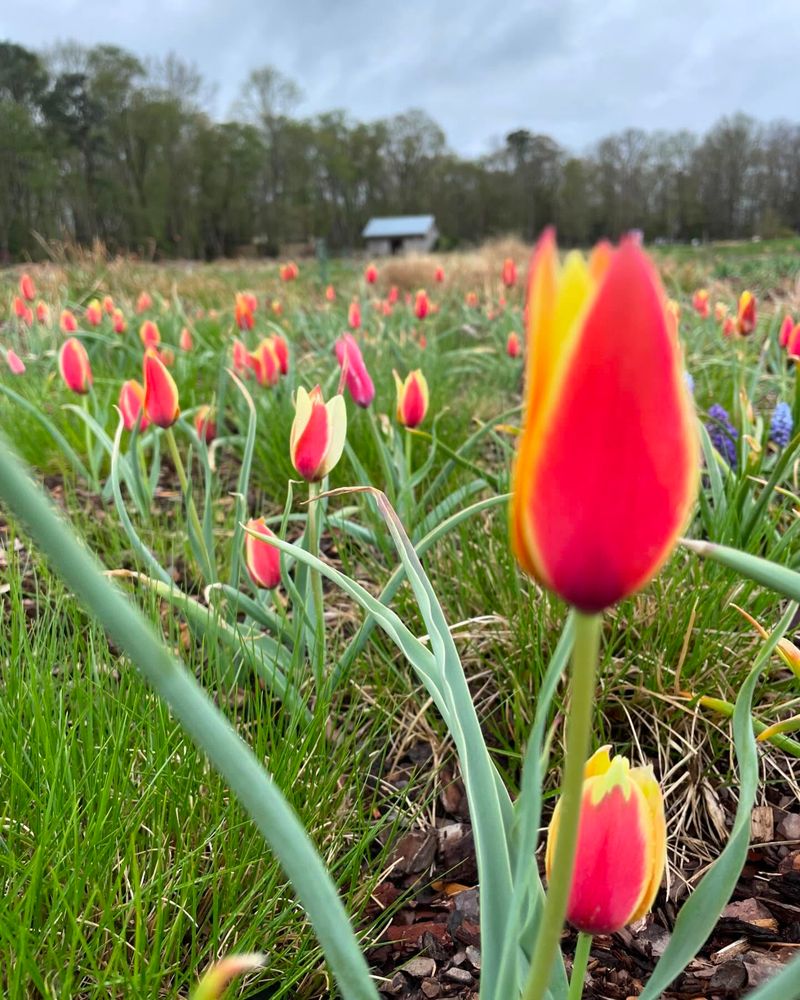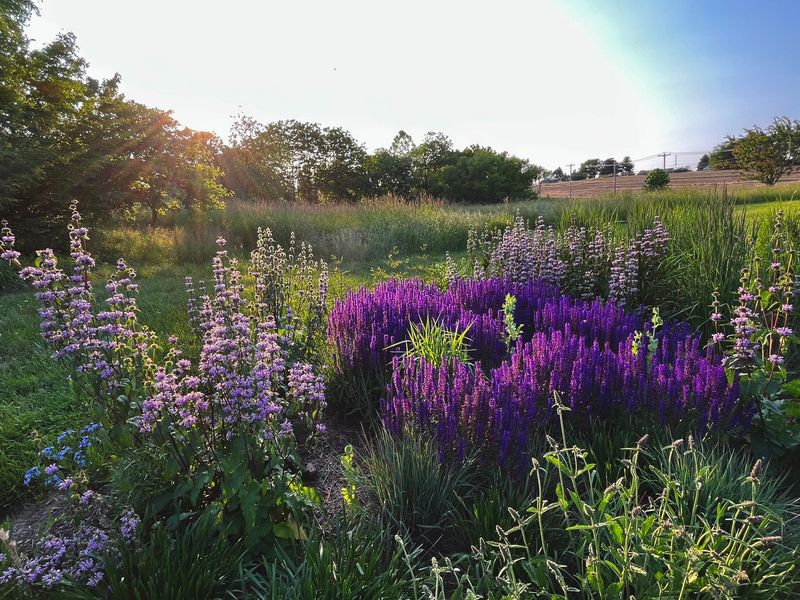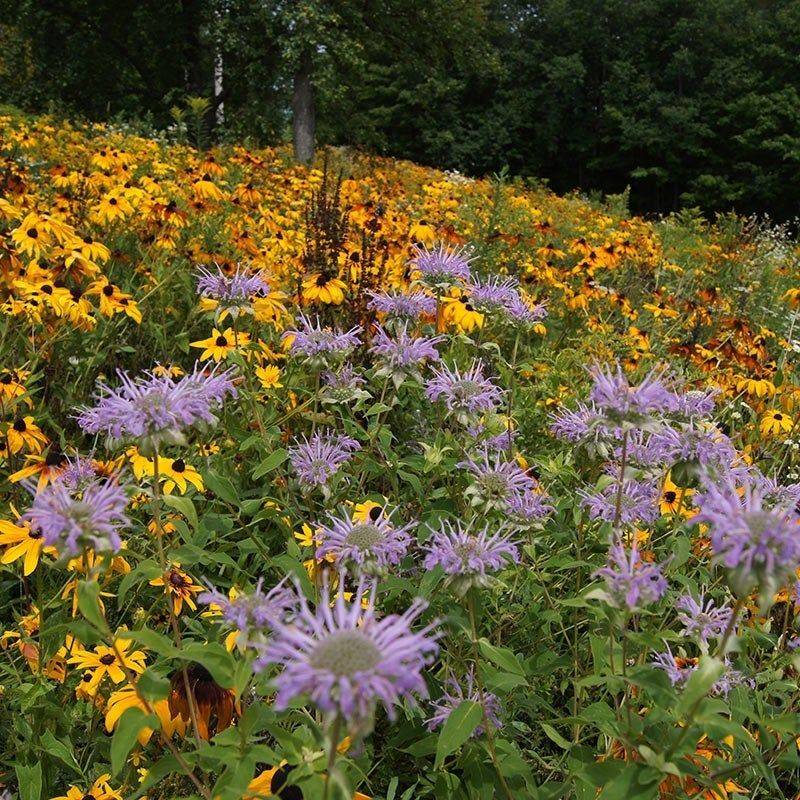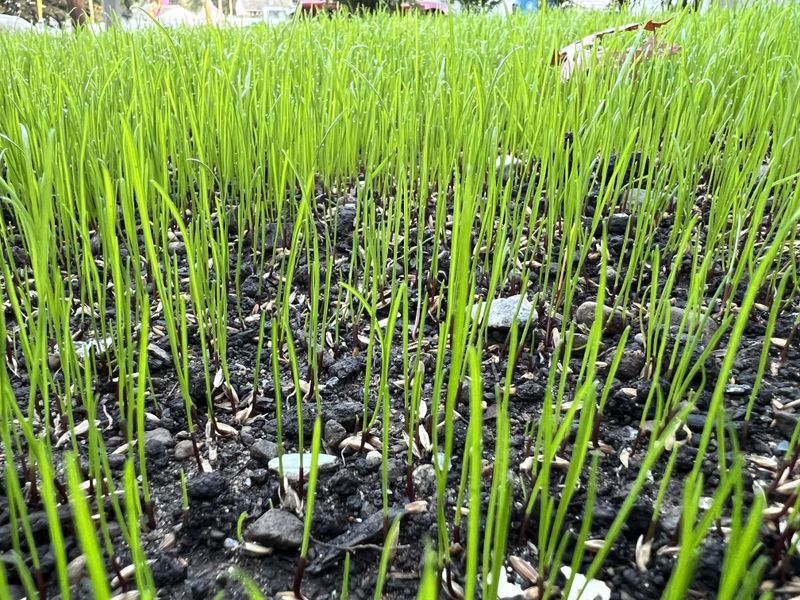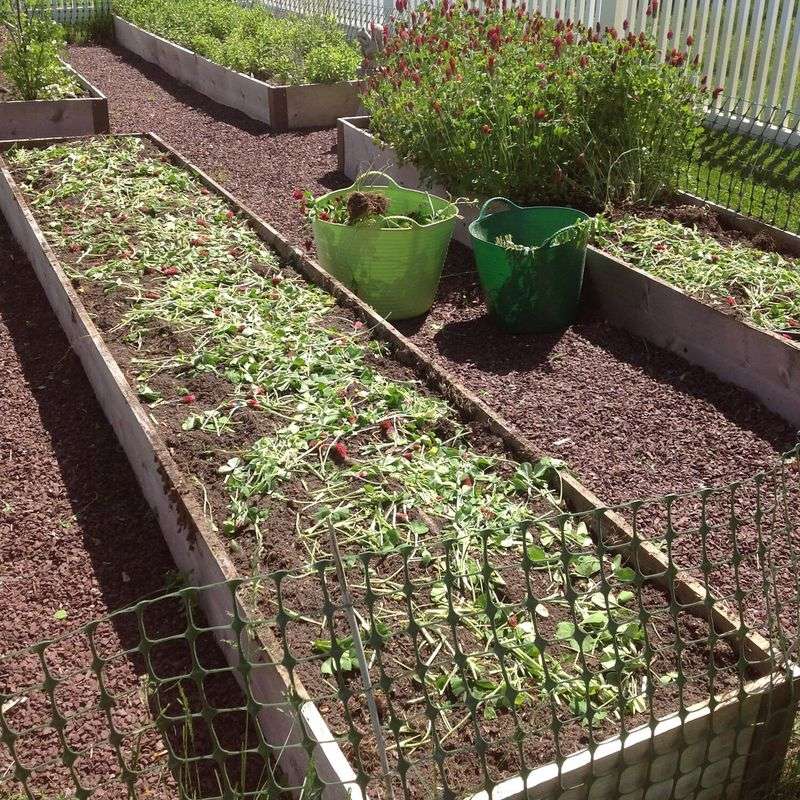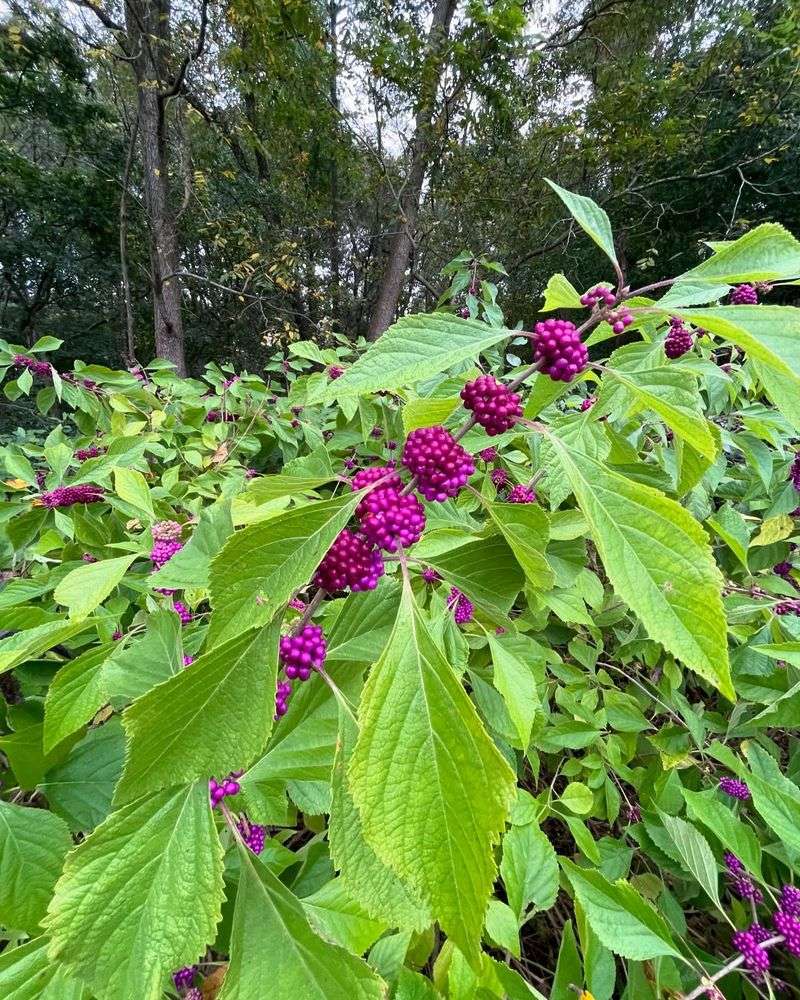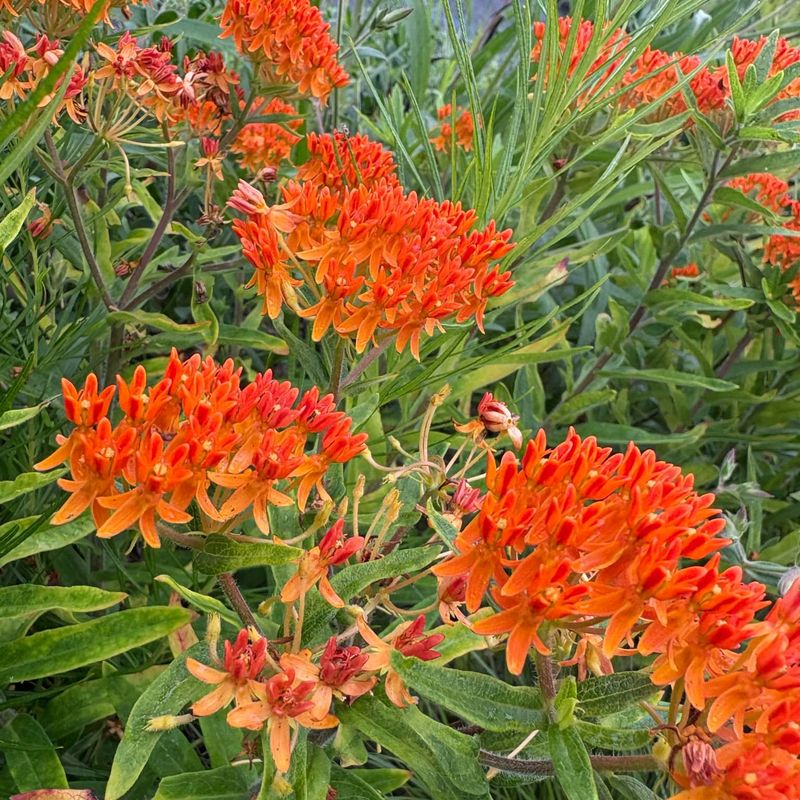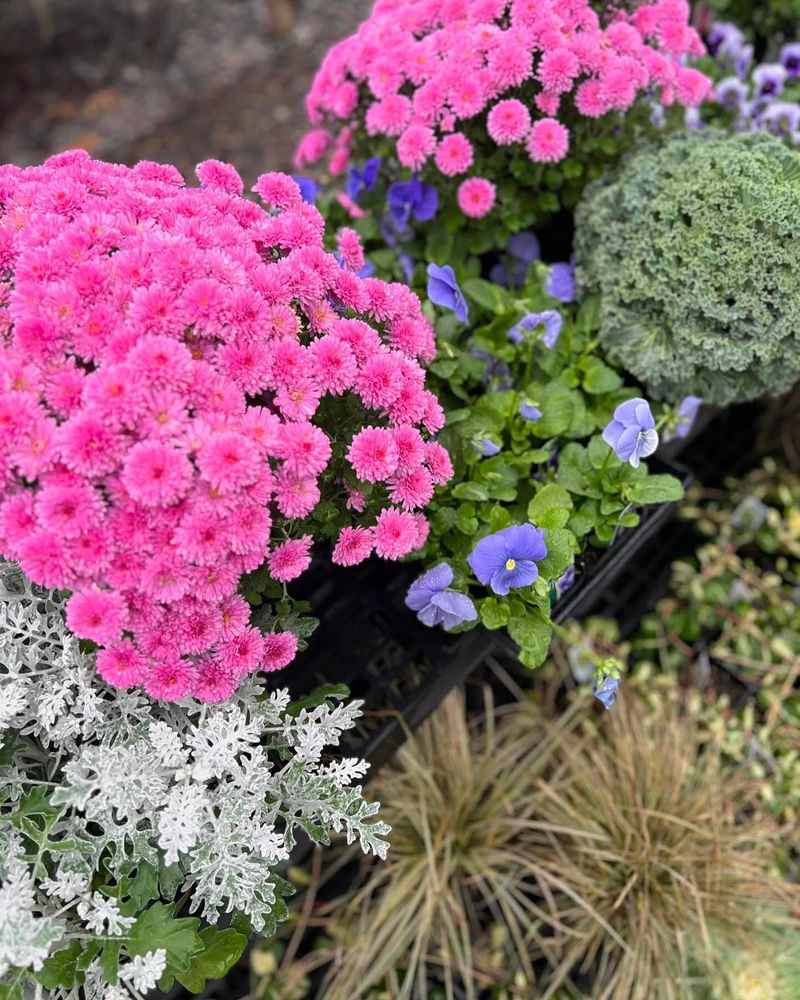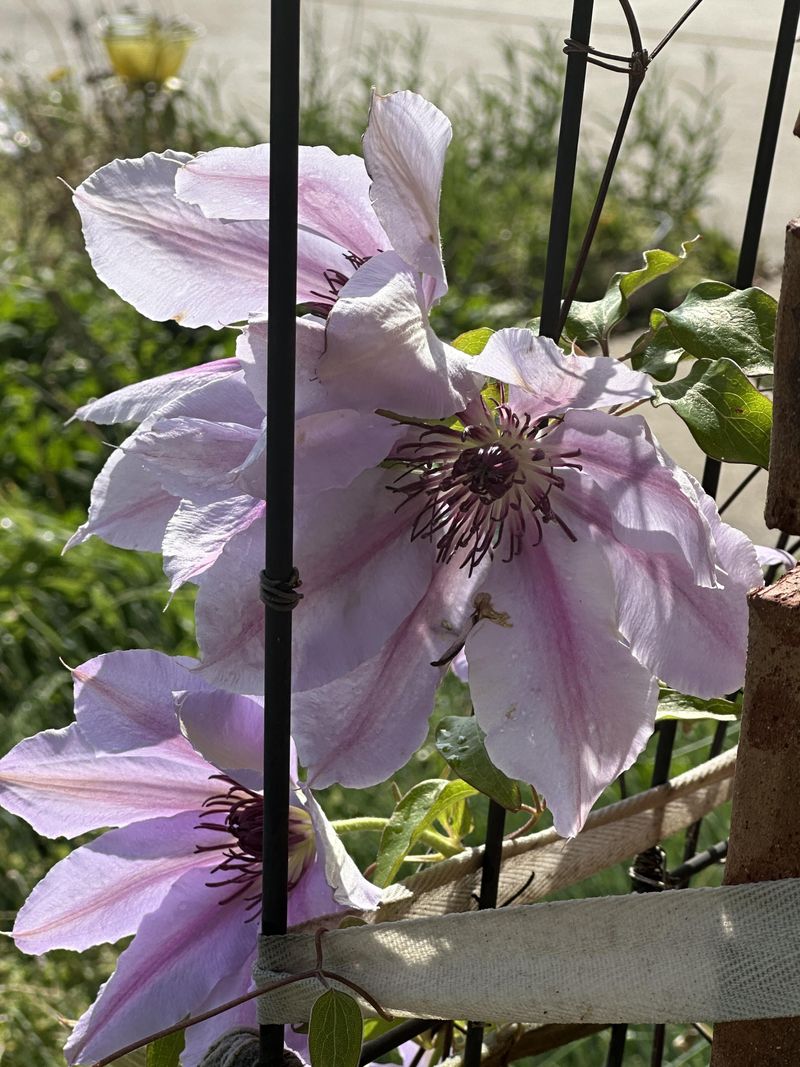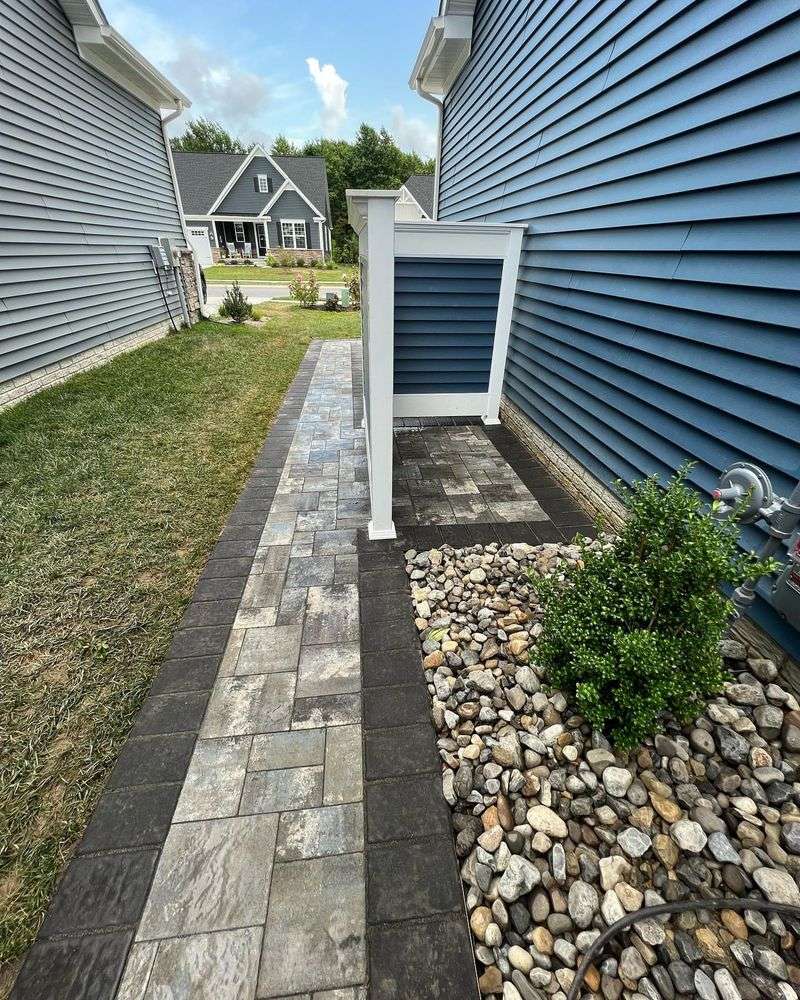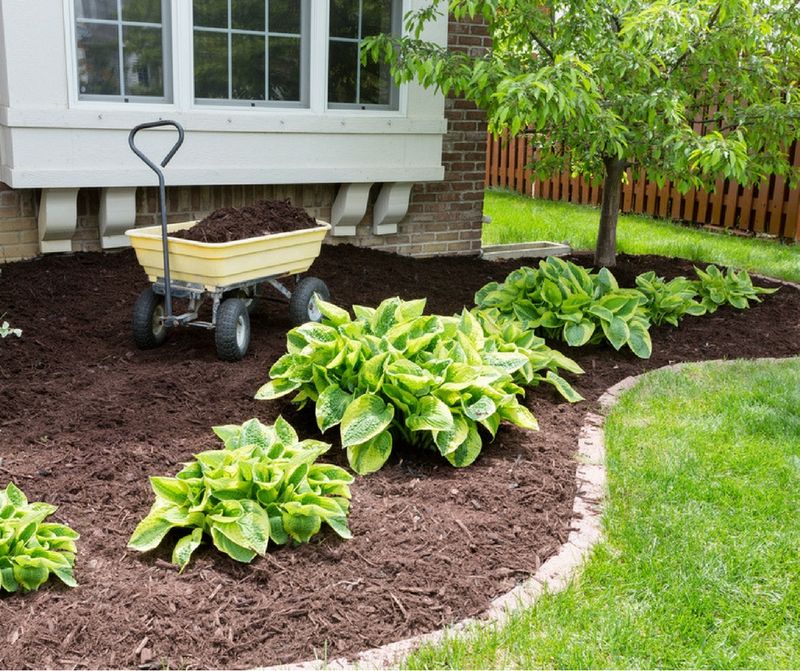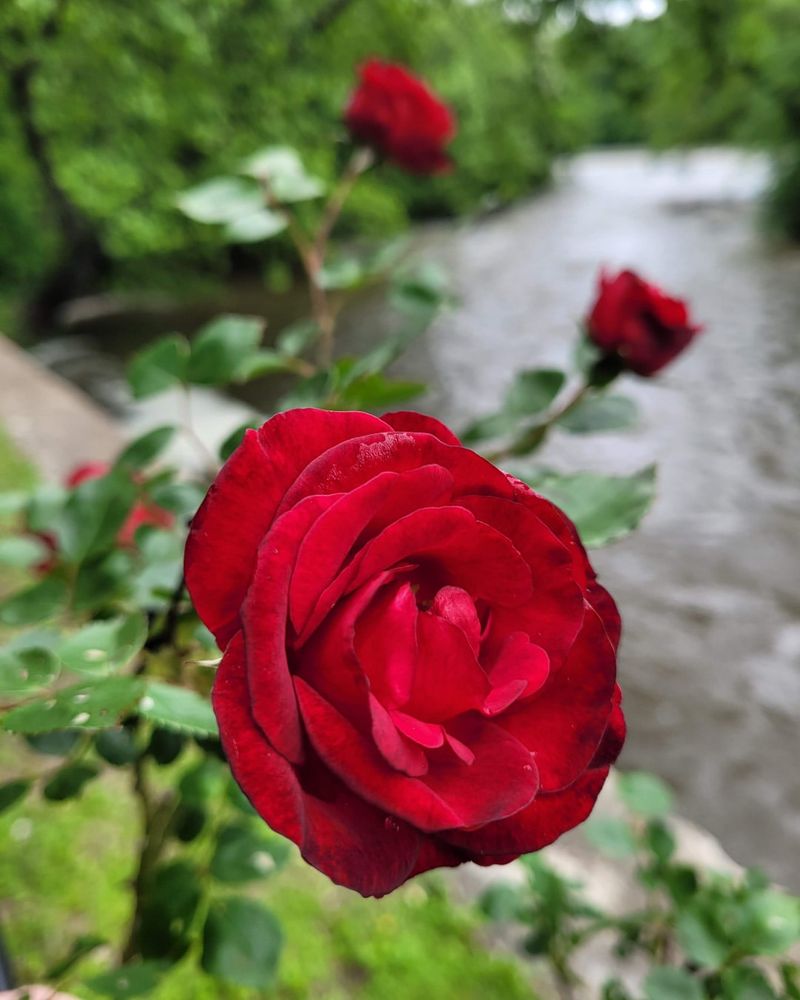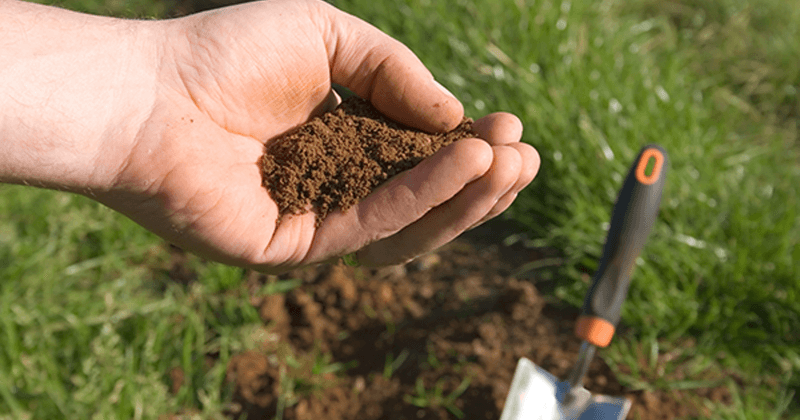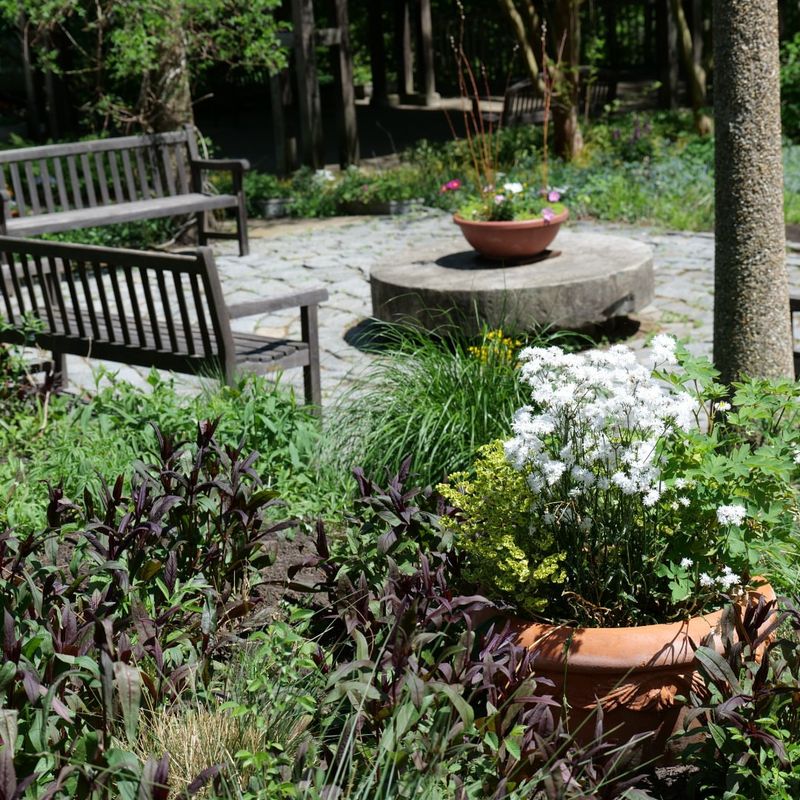September is a game-changer for Delaware gardeners dreaming of spring blooms. While many focus on fall cleanup, savvy locals know this month sets the stage for vibrant color come March. Cooler soil and steady rainfall make it the perfect time to plant.
Delaware’s coastal climate gives us a longer fall planting window than nearby states. I’ve learned that September prep leads to stronger roots and better spring growth. It’s all about timing before winter dormancy kicks in.
Garden centers across the state stock up now for a reason—our soil and moisture patterns make September ideal. Skip it, and you might be left wishing you’d planted when spring finally rolls around
1. Bulb Planting Time
The cooling soil temperatures in Delaware during September create perfect conditions for planting spring bulbs. Daffodils, tulips, and crocuses need time to establish roots before winter arrives.
My garden in Wilmington has taught me that bulbs planted now develop stronger root systems than those planted later. Many local nurseries offer the best selection this month, with varieties specifically suited to our Delaware climate.
2. Soil Preparation Advantages
September’s moderate temperatures make working Delaware’s clay-heavy soils much easier than during summer’s heat. The ground is typically not too wet or too dry, creating ideal conditions for amending and preparing beds.
Adding compost and organic matter now gives it months to integrate before spring growth begins. I’ve found that my Newark garden responds incredibly well when I take time now to improve soil structure rather than rushing in spring.
3. Strategic Division Of Perennials
Fall division of perennials like hostas, daylilies, and irises gives plants time to establish before winter dormancy. The cooler temperatures and occasional rainfall in Delaware reduce transplant shock significantly.
Last September, I divided overcrowded black-eyed Susans in my Rehoboth garden, and by spring they had doubled in vigor. Plants divided now will have stronger blooms come spring, especially with our region’s typically mild winter temperatures.
4. Wildflower Seed Distribution
Delaware’s natural seed-dropping cycle happens in fall, making September the perfect time to mimic nature with wildflower seeding. Native species like coreopsis and black-eyed Susans benefit from the cold stratification our winters provide.
A meadow area in my Middletown yard transformed after fall seeding. Many Delaware gardeners don’t realize that spring-flowering native seeds need winter’s cold period to break dormancy naturally, making September sowing essential for success.
5. Strategic Lawn Renovation
September offers the perfect window for overseeding Delaware lawns to fill in bare patches before spring. Our state’s typically mild fall gives grass seed time to germinate and establish before winter dormancy.
The cooling temperatures and morning dew provide natural moisture that helps seedlings thrive. After years of frustration with spring seeding, I switched to September renovation for my Dover lawn and saw dramatically improved results – thicker growth and fewer weeds by spring.
6. Early Spring Vegetable Planning
Preparing vegetable beds in September means less work when it’s time to plant early spring crops like peas and spinach. Delaware’s coastal influence often allows for February and March plantings that wouldn’t be possible in colder regions.
Covering prepared beds with mulch now preserves soil structure through winter. My community garden plot in Lewes yields spring harvests weeks earlier when I take time in September to map plantings and prepare the soil rather than waiting until late winter.
7. Tree And Shrub Establishment
September’s moderate temperatures and typically reliable rainfall create ideal conditions for planting trees and shrubs in Delaware. Plants established now develop stronger root systems before summer’s heat returns.
The soil remains warm while air temperatures cool, encouraging root growth without stressing foliage. A flowering dogwood I planted last September in my Smyrna yard leafed out beautifully this spring, while friends who waited until April struggled with their new plantings during early heat waves.
8. Strategic Weed Prevention
Tackling weeds in September disrupts their life cycle before they set seed for spring. Delaware’s mild winters often allow certain weeds to maintain a foothold if not addressed in fall.
Applying corn gluten meal as a natural pre-emergent now helps prevent spring weed germination. The garden club in my Hockessin neighborhood has documented significantly reduced spring weeding time when members focus on September weed management in their perennial beds.
9. Container Garden Refresh
September offers the perfect opportunity to refresh container gardens with cool-season flowers that will transition beautifully to spring. Pansies, violas, and ornamental kale planted now in Delaware often survive our relatively mild winters.
These plants establish strong root systems during fall, then burst with renewed vigor at winter’s end. My Bethany Beach porch containers planted with violas last September were already colorful in early March, providing much-needed color while neighbors’ gardens were still dormant.
10. Spring Blooming Vines
Clematis and other spring-flowering vines establish best when planted in September in Delaware gardens. The moderate temperatures allow roots to develop while reducing transplant shock significantly.
Fall-planted vines typically flower more profusely their first season than spring-planted ones. A clematis I added to my Georgetown garden trellis last September grew nearly twice as vigorously as one I’d planted the previous May, demonstrating how our local climate favors fall establishment.
11. Hardscape Planning And Installation
September’s comfortable working temperatures make it ideal for installing garden paths, edging, and other hardscape elements in Delaware gardens. These features will be settled and ready to showcase spring flowers when they emerge.
The ground is typically not too wet or frozen, making digging and leveling easier. Last fall, I added a flagstone path through my Newark perennial garden, and by spring it looked perfectly weathered and established, enhancing rather than distracting from the emerging blooms.
12. Strategic Mulching Benefits
Applying a fresh layer of mulch in September protects Delaware’s often unpredictable freeze-thaw cycles from damaging plant roots. This insulating layer maintains more consistent soil temperatures through winter months.
Fall mulching also suppresses late-season weeds and adds organic matter as it breaks down. The garden beds I mulched last September at my Milford home needed significantly less water during our dry spring this year, and plants emerged healthier than in previous seasons.
13. Rose Garden Preparation
September is crucial for preparing Delaware rose gardens for spring success. Our coastal climate’s humidity challenges make fall pruning and cleanup essential for preventing fungal issues come spring.
Removing diseased leaves now and applying compost around rose bases promotes healthier spring growth. The rose society in northern Delaware specifically recommends September maintenance as key to spectacular May blooms, advice I’ve found invaluable in my own Wilmington garden.
14. Soil PH Adjustment Timing
September provides the perfect window to test and adjust soil pH for spring-flowering plants in Delaware gardens. Limestone or sulfur applied now has months to affect soil chemistry before spring growth begins.
Delaware’s naturally acidic soils often need adjustment for certain spring bloomers. After years of disappointing tulip displays, I tested my Seaford garden soil last September and applied limestone to raise the pH slightly – the difference in this spring’s blooms was remarkable!
15. Garden Design Evaluation
September offers the perfect opportunity to evaluate Delaware gardens while summer’s growth is still visible but not overwhelming. Taking photos and notes now helps plan spring improvements while problem areas are apparent.
The fading summer garden reveals structural gaps that spring plantings can address. Each September, I walk through my Delaware City garden with a notebook, marking spaces that need spring color – this practice has transformed my garden’s spring appearance over the years.

